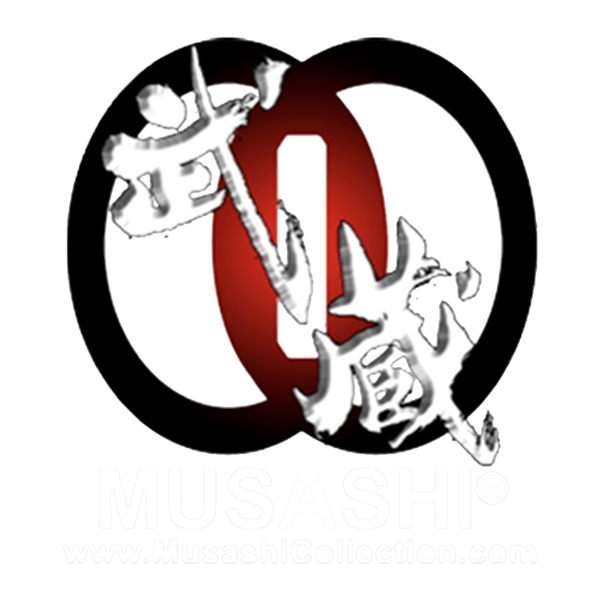Musashi Swords History
For centuries the katana has been the weapon of choice for the samurai. Once revered as the guardians of Imperial Japan, the samurai enforce a tradition of honor, loyalty and courage through skilled wielding of their sword. The samurai’s sword is said to contain his soul, which embodies the same deadly fluidity and strength that goes into each intricately crafted sword. The art of Japanese sword making is a skill mastered by very few swordsmiths and passed down by each generation for over a millennia. Musashi® swords capture this timeless art form in each katana produced. Using ancient forging techniques our swordsmiths combine the perfect amount of form and function into a wide range of samurai swords.
Musashi® swords start with nothing less than 1060 high carbon steel. Found primarily in our Musashi® Silver Collection these swords offer a great compromise between strength and edge hardness. Not only are 1060 carbon steel swords able to hold an edge its primary focus is its durability. Increased durability is used by incorporating traditional Muku-Kitae method of forge from a homogenous steel.
The Musashi® Gold Collection combines 1060, 1095 and Damascus steels forged in the Kobuse-Kitae method (combining two types of steel). 1095 carbon steel is very hard and must be properly heat treated making its forging process extremely difficult. This particular type of steel is exceptional at holding its edge. When combined with 1060 or even 1045 (softer) carbon steel this katana is a combination of the best of both worlds; keeping a keen edge while still maintaining its durability. Damascus steel blades were traditionally used for display purposes because of the intricate folding process, but through the Kobue-Kitae forging method our Musashi® Gold Collection swords combine a beautifully designed work of art with a skillfully sharp sword edge.
Our toughest swords in the Musashi® collection come from the Platinum Collection. These swords consist of either T10 steel or Tamahagane (the purest Japanese steel). T10 steel is a tungsten alloy steel that has an extremely high carbon content combined with a bit of silicon. This makes for an exceptionally hard blade that is impervious to scratches and abrasions. Tamahagane, literally translated means “jewel steel,” is one of the rarest materials used in katana forging. The forging process to create a sword using Tamahagane takes several months to years. Due to its difficulty each Tamahagane sword is as unique as the swordsmith that created it and truly one of the must-have swords in any collection.
The art of sword making is a time-honored skill representing some of the greatest historical achievements in history. In honor of such cultural advancements is our Musashi® Miyamoto Collection. These swords are not only a hand-crafted work of art, but also tell a historical story. The Romance of the Three Kingdoms and the Suikoden swords represent two of the most infamous stories in Asian culture. Each epic story is delicately hand-engraved throughout the different elements of the swords. These artfully designed swords are hand-crafted using gold, copper, bronze and silver to beautifully create a timeless collectible sword.
For decades Musashi® swords have been admired by collectors and awarded in competitions amongst practitioners. Our swordsmiths have spent years perfecting this beautiful art form to create Musashi® swords. The Musashi® Collection truly represents the skill, honor and strength of the ancient samurai.
Our Swordsmiths:
Master Chris Zhou
(Zheng Wu)
Master Rich (Takemoto) Chen
Master Alex Zheng




